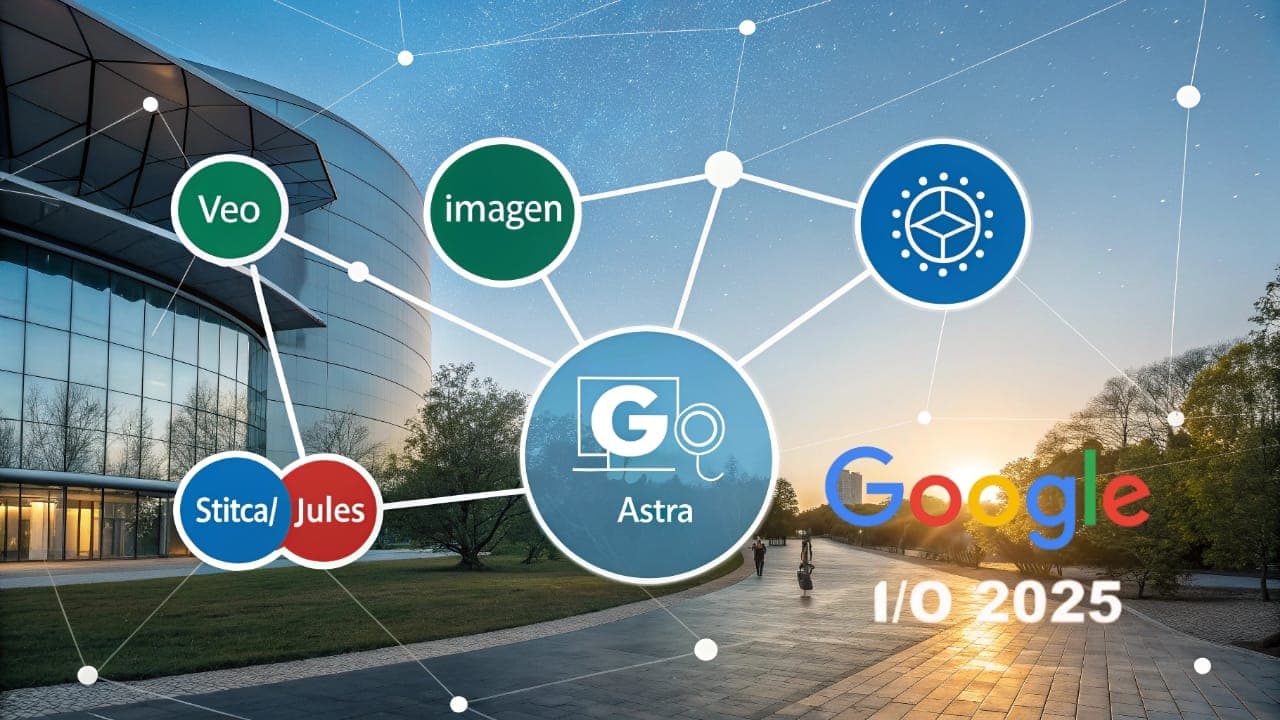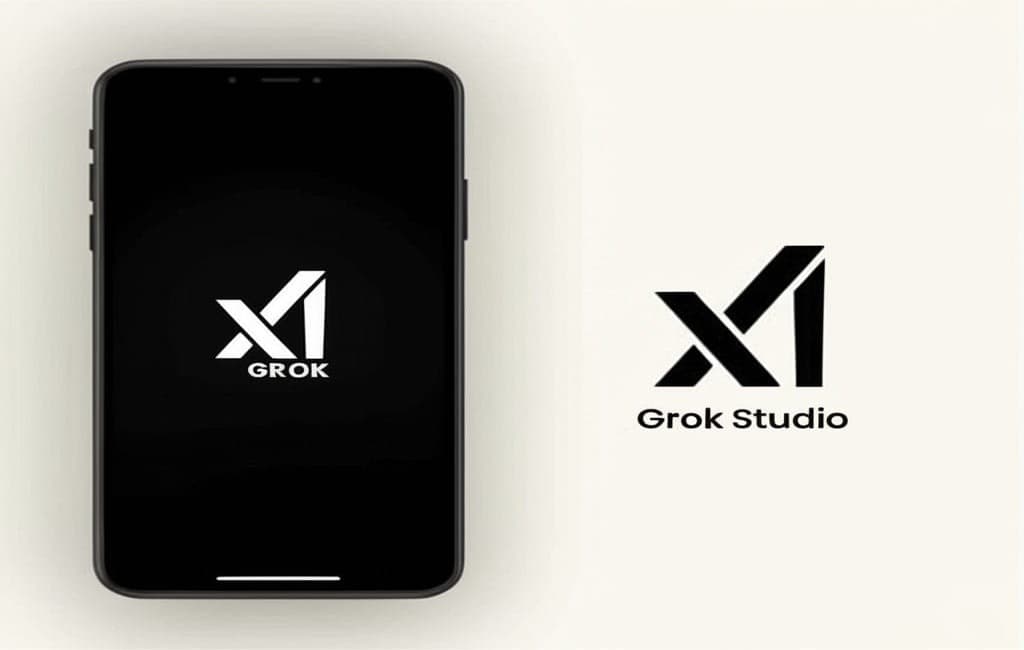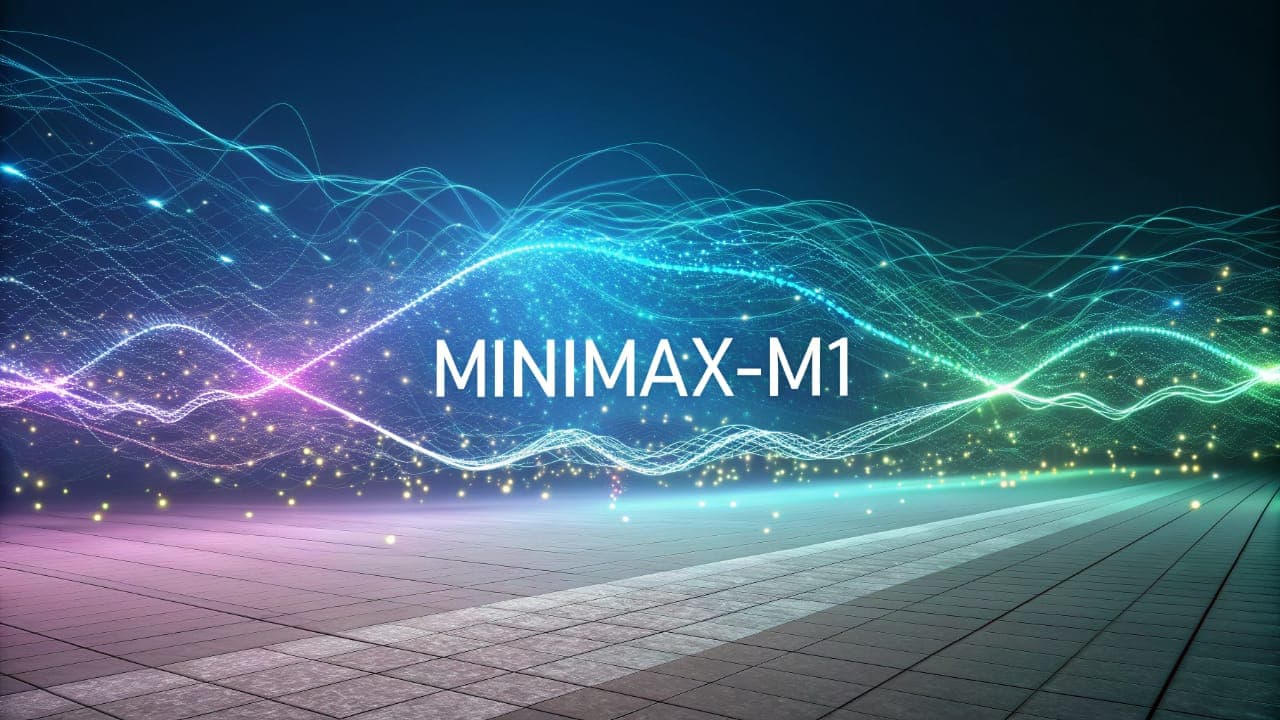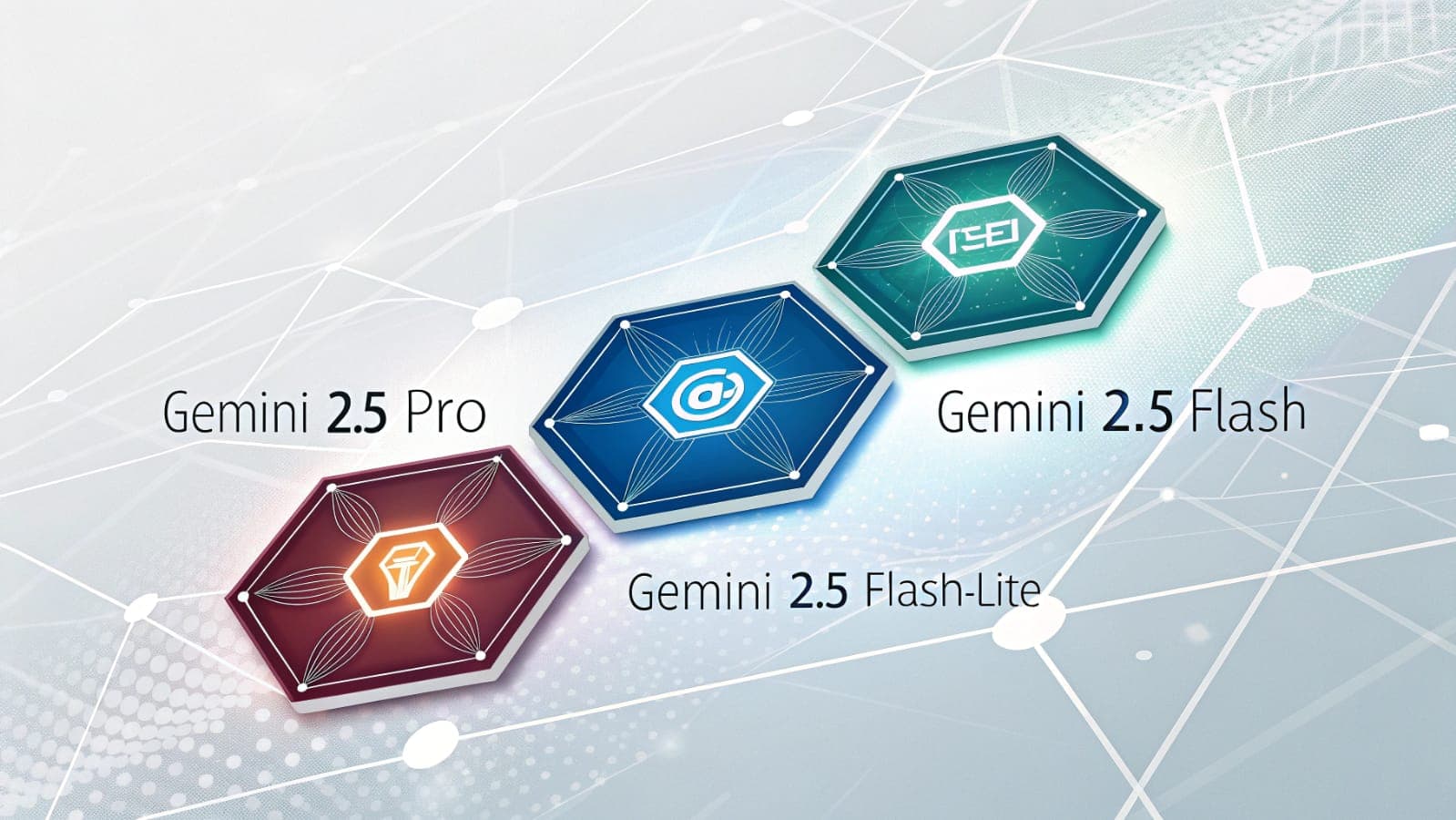
Google has announced a significant addition to its search toolkit: the "Search Live" voice feature. Part of the experimental AI Mode, this new capability lets users engage in direct, interactive voice conversations with the search engine, receiving audible answers instantly supported by web links.
Speaking with Google Search: How "Search Live" Works
"Search Live" is set to revolutionize how we interact with information. Users can now ask complex, multi-part questions directly with their voice.
In response, they receive an AI-generated audio answer and can naturally continue the conversation with follow-up questions. Relevant web links appear on the screen, offering a chance to dive deeper into the search results.
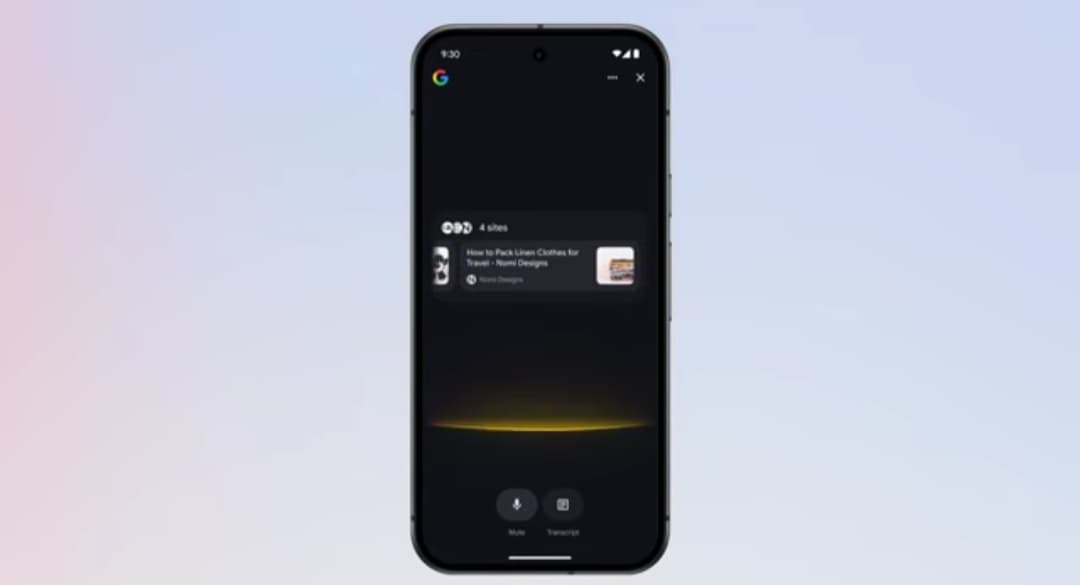

Key Features: Continuous Audio and Written Transcripts
One of the standout features of "Search Live" is its ability to run in the background.
This means the voice conversation with Search can continue even when you switch to other apps, like checking your email or browsing social media.
Additionally, a "transcript" button is available to display responses in text, with an option to continue asking questions by typing.
The tool also maintains a history of previous conversations under "AI Mode history" for future reference.
The Tech Behind Search Live: The Power of a Custom Gemini Model
Lisa Ma, Director of Product Management for Google Search, explained that "Search Live" is powered by a custom version of the Gemini model with advanced audio capabilities.
It builds upon Google's established information quality systems to ensure reliable and helpful responses.
Google also utilizes "query fan-out" technology to present a broad and diverse range of web content, enriching the opportunities for exploration.
The Impact of Search Live on SEO and the Future of Search
Voice-driven conversational search could mark a major shift in how people interact with search engines.
Google's continued focus on understanding natural language presents new challenges for SEO professionals, moving beyond traditional keyword targeting.
With web links still appearing alongside voice responses, it becomes crucial for marketers and content creators to test how their content surfaces in conversational contexts, especially as users ask more follow-up questions and explore topics through natural dialogue.



